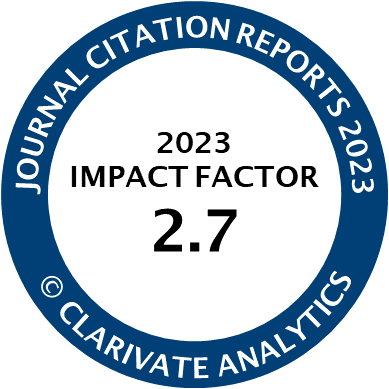Article | Open Access
Pitching Gender in a Racist Tune: The Affective Publics of the #120decibel Campaign
| Views: | 3809 | | | Downloads: | 1985 |
Abstract: This article analyses the changed structures, actors and modes of communication that characterise ‘dissonant public spheres.’ With the #120decibel campaign by the German Identitarian Movement in 2018, gender and migration were pitched in a racist tune, absorbing feminist concerns and positions into neo-nationalistic, misogynist and xenophobic propaganda. The article examines the case of #120decibel as an instance of ‘affective publics’ (Lünenborg, 2019a) where forms of feminist protest and emancipatory hashtag activism are absorbed by anti-migration campaigners. Employing the infrastructure and network logics of social media platforms, the campaign gained public exposure and sought political legitimacy through strategies of dissonance, in which a racial solidarity against the liberal state order was formed. Parallel structures of networking and echo-chamber amplification were established, where right-wing media articulate fringe positions in an attempt to protect the rights of white women to be safe in public spaces. #120decibel is analysed and discussed here as characteristic of the ambivalent role and dynamics of affective publics in societies challenged by an increasing number of actors forming an alliance on anti-migration issues based on questionable feminist positions.
Keywords: #120decibel; affective publics; dissonant public spheres; feminism; Germany; hashjacking; migration; racism; right-wing activism; populism
Published:
Issue:
Vol 9, No 2 (2021): Gender and Media: Recent Trends in Theory, Methodology and Research Subjects
© Shari Adlung, Margreth Lünenborg, Christoph Raetzsch. This is an open access article distributed under the terms of the Creative Commons Attribution 4.0 license (http://creativecommons.org/licenses/by/4.0), which permits any use, distribution, and reproduction of the work without further permission provided the original author(s) and source are credited.




